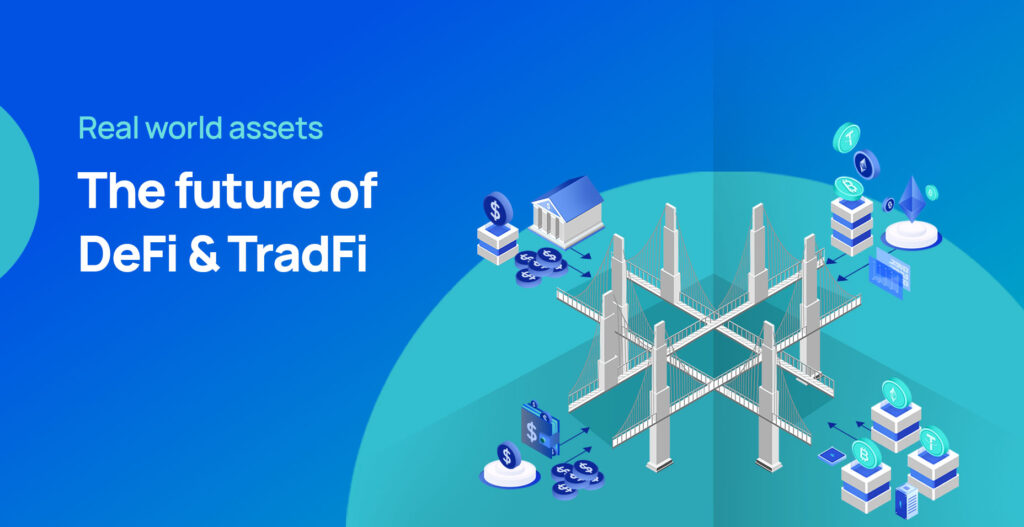
By Ankit Shah, Global Head of Fintech
In traditional finance, many high-value assets are out of reach for the average investor. Minimum investment requirements, complex paperwork, and slow settlement times keep these markets exclusive. Tokenisation, however, changes everything.
For years, traditional finance (TradFi) and decentralised finance (DeFi) have catered to two very different crowds, each with their own values, goals, and mindsets. Traditional finance is designed for stability, regulation, and large-scale institutional participation, and serves institutional investors, wealthy individuals, and retail investors who trust centralised systems. These investors operate within a centralised framework, where banks, regulators and intermediaries provide security – at the cost of slower processes and higher fees. Their mentality is often risk-averse, favouring tried-and-tested markets over radical innovation.
DeFi, on the other hand, was built for those who reject traditional gatekeeping—the retail traders, tech enthusiasts, and unbanked populations who wanted an alternative. With decentralisation and self-custody of assets, they could avoid traditional gatekeepers. Their appetites are more opportunistic and experimental, willing to navigate volatility for financial sovereignty and early-mover advantages.
Early adopters of crypto saw TradFi as outdated and exclusionary, while traditional finance dismissed crypto as speculative. But now, the lines are blurring. The financial landscape is evolving at an unprecedented pace as blockchain technology dismantles the artificial barriers separating TradFi and DeFi. At the heart of this transformation lies the rise of Real World Assets (RWAs)—traditional financial instruments like stocks, bonds and commodities that are being converted into digital tokens on the blockchain. As blockchain technology bridges the gap between these worlds, a new investor is emerging, one who seeks both stability and innovation, merging the best of both systems.
In traditional finance, many high-value assets are out of reach for the average investor. Minimum investment requirements, complex paperwork, and slow settlement times keep these markets exclusive. Tokenisation, however, changes everything. Consider a piece of a high-yield U.S. Treasury bond, traditionally accessible only to large institutions, now becoming available to global investors. This is the promise of tokenisation, the process of converting real-world assets into digital tokens on a blockchain. These tokens represent ownership, trade instantly, and can be divided into fractions, opening up opportunities that were once reserved for the wealthy, reducing barriers to entry. Previously out of reach assets can now be digitally fractionalised, meaning anyone can participate, not just financial institutions.
Furthermore, traditional finance is bogged down by inefficiencies such as slow settlements, high fees due to intermediaries and limited access for the mass market. Blockchain fixes these problems by allowing instant settlements, where trades are completed within seconds, with smart contracts that lower costs by automating the middlemen and global liquidity without borders. Meanwhile, DeFi protocols are embracing RWAs to bring stability to the volatile crypto space.
This indicates a fundamental shift in how people invest. It is not merely just a technological upgrade; it is a fundamental reimagining of how value is stored, transferred, and invested. The two worlds do not have to stay divided. The future of finance is a blend, where everyday investors get the best of both.

